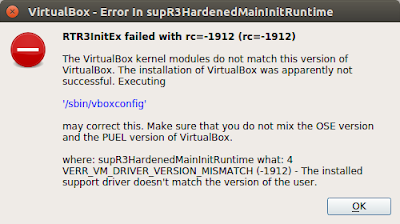I wanted to upgrade pip but I couldn't by the following error: sudo pip install --upgrade pip Traceback (most recent call last): File "/usr/local/bin/pip", line 7, in <module> from pip._internal import main File "/usr/local/lib/python3.5/dist-packages/pip/_internal/__init__.py", line 42, in <module> from pip._internal import cmdoptions File "/usr/local/lib/python3.5/dist-packages/pip/_internal/cmdoptions.py", line 16, in <module> from pip._internal.index import ( File "/usr/local/lib/python3.5/dist-packages/pip/_internal/index.py", line 14, in <module> from pip._vendor import html5lib, requests, six File "/usr/local/lib/python3.5/dist-packages/pip/_vendor/requests/__init__.py", line 97, in <module> from pip._vendor.urllib3.contrib import pyopenssl File "/usr/local/lib/python3.5/dist-packages/pip/_vendor/urllib3/contrib/pyopenssl.py",











